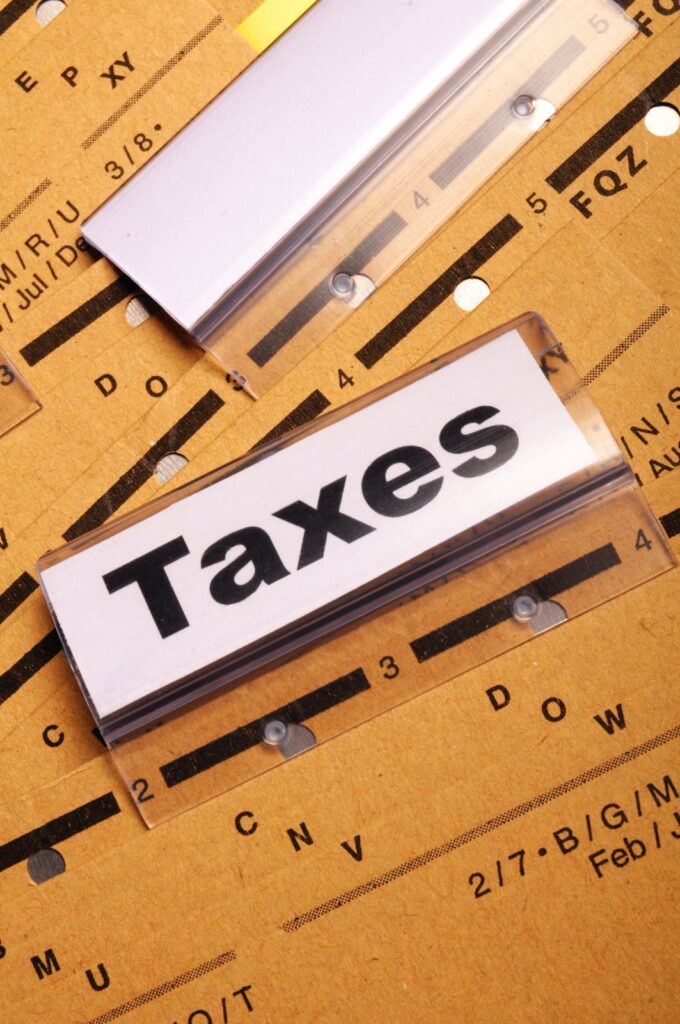
Knowing your net worth is the first step towards becoming financially healthy. You cannot guesstimate this process or just have a ‘feel’ for it.
You’ll actually need to do the numbers here. So often, people avoid finding out their net worth because they fear knowing where they stand or it just seems like a monumental task.
In reality, it’s quite easy and straightforward. In this article, you’ll discover how to calculate your net worth in 3 short steps.
But first, you must know the difference between assets and liabilities…
- What’s the difference?
In its simplest terms, an asset is something that generates an income for you, or it has the potential to generate income.
Liabilities are financial obligations. It’s everything you owe such as your car payments, credit card debt and so on.
Here’s a quick list of assets and liabilities:
Assets
- Life insurance
- Cash on hand
- House and/or rental property
- Land
- Gold
- Individual Retirement Accounts (IRAs)
- Savings bonds
- Stocks and/or mutual funds
- Possessions you can sell
- Vehicles (car, boat, RVs, etc)

Liabilities
- Loans (student loans, lines of credit, home equity loans)
- Credit card balances
- Mortgages
- Student loans
- Taxes
- Child support
- Alimony
- Any bills, etc. that you OWE
- Calculating your net worth
Now that you understand what assets and liabilities are, it’s time to begin.
Step #1
Grab a piece of paper and draw a line down the center dividing it into 2 columns. In the left column, write down the cash value of ALL your assets.
Don’t be too concerned if it’s paid in full or not. Just write down the cash value. For example, if you can sell your car for $17K, this is an asset with a value of 17K. It doesn’t matter if you still need to pay 9K to own it fully. Just write 17K in the left column.
Do this for ALL your assets. What could you sell your home for? What’s the cash value of your life insurance policy?
Do note: if you have stocks, bonds, etc. you’ll look at the current value of the assets and NOT the value at maturity.
Step #2
Now you’ll repeat the process in the right column, but you’ll write down all the liabilities you have.
Remember the earlier example of the car?
Now you’d write down, “Car 9K” … because you still owe 9K on it. The same applies to all other liabilities.
If you still owe 70K on your home, this too will go in the right column, even if you wrote “Home 400K” in the left asset column earlier.
Step #3
So this is where we stand. All your assets are listed on the left and each has a number to it… and all your liabilities are on the right, and those have numbers too.

In step #3, we’ll total up all the numbers in the left column. Write the sum total at the bottom of the column.
Do the same thing for the numbers in the right column. This will give you the total of your liabilities.
Now, subtract your liabilities from your assets. This is your net worth!
For example, if your assets totalled $520K and your liabilities totalled $310K…
520 – 310 = 210
Your net worth is 210K. That’s quite good.
However, many people may discover that their liabilities exceed their assets.
For example, if their assets are at 150K, but their liabilities are at 320K…
150 – 320 = -170
That means they have a negative net worth: -170K
This is nothing to panic about if a huge chunk of what you owe is for big purchases such as a house, car, etc.
However, if your liabilities are comprised of ‘bad debt’ such as credit card bills, student loans, etc. you’ll definitely want to create a financial plan to pay off the debt as soon as possible.
The goal is to always reach a positive net worth and increase it as much as you can. In this way, you’ll achieve financial independence and be able to retire comfortably.
But it all starts from knowing where you stand now. So, calculate your net worth and write it down. Once you have a number, you can create a financial plan based on it.
“Make it a policy to know your net worth to the penny.” T. Harv Eker
